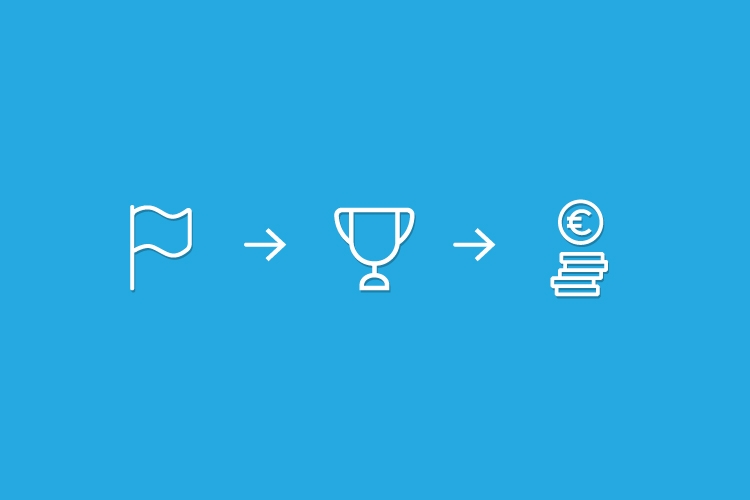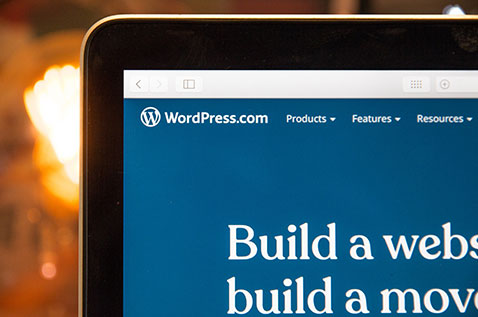Gamification in the workplace: Does productivity actually increase?
Gamification is a widely used term in today's workplaces. The relevance of using methods of recognition that one obtains in games to increase motivation in companies is being increasingly discussed.
Broadly speaking, gamification consists of the use of gaming techniques in activities that are not game-related, using rewards to motivate users. Thus, gamification transforms time-consuming tasks into challenges.
Many mobile applications have already been using gaming techniques for several years. For example, the MBWAY app offers points to users for each use of the application. Different actions, such as transfers, payments, etc., have different values. Upon reaching a certain number of points, "scratch cards" are unlocked, which allow the user to win prizes. This kind of game motivates users to use the app more, hoping to win prizes.
More recently, gamification techniques have been applied in the workplace, turning tasks into play interactions. The goal is for employees to become more involved in the work, producing better quality work and being more productive.
However, many leaders are still not convinced about Gamification in the workplace. One thing that needs to be clarified is that using gamification methods does not mean that employees spend all day playing games. Technology is just the means to put into practice a concept of psychology that will benefit your business.
Why does gamification work?
Do you remember your first paycheck? It was certainly a very exciting time. Nowadays you probably earn better, but getting the paycheck no longer excites you as it did the first time.
This is because you have received the same stimulus repeatedly. All rewards need to increase in intensity over time due to habituation.
So it is with employee motivation. Favouritism, lack of feedback, lack of transparency, unclear goals - all these factors "kill" employee motivation and company culture. Gamification can help with this problem.
Employees want to know how they are performing and if what they are doing is important. Gamification provides real-time feedback. Instead of working toward inaccurate and seemingly distant annual goals, employees have meaningful and tangible goals. On the other hand, it helps individuals to feel integrated and important to others.
For obvious reasons, gamification works best in functions in which results are easily measured. Some examples of metrics used are: the number of contacts made, complaints resolved, customers served, how long it took to respond to an email, etc.
Another area in which gamification may be especially useful is in training. Instead of attending boring lectures, employees can gain access to more interactive training methods that reinforce the company's culture on a daily basis.
Unfortunately, there are functions that are not so easily measurable. In these cases, it is more difficult to "gamify" the work, but with creativity, it is possible to define numbers that represent the goals of the professional or the organization.
Finally, it seems important to underline that not everything is positive in promoting gamification in the workplace. While for some employees, gamification may be a motivating factor, for others it could be a source of stress. The need for employees to be constantly working on results can be very tiring. On the other hand, transparency of results can be stressful for workers. As humans, we do not always have the same levels of productivity, and there are days when we simply can not produce as expected. The fact that these results are always evident can be embarrassing for the worker.
The trick is to find the right balance between using gamification techniques to motivate workers without stressing them or leaving them anxious. In fact, this is a valid question for almost every aspect of the current digital transformation: how much technology should be used and how much work must remain human.





